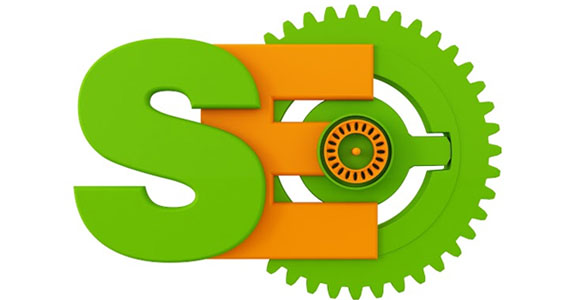There are multiple SEO techniques available for us to use and we could also take advantage of many tools in the market. Basically, SEO specialists could work with dozens of different techniques to achieve their goals. Here are a few of them
1. Add Meta Keywords
We could use meta keywords tags to allow search engines obtain additional text that they can use to identify our pages. Meta keywords tags should be focused on specific keyphrases or keywords in the overall main body.
2. Keywords Density Optimization
We should check how often specific keywords are used in a page. It is important to optimize the density of our primary keywords to ensure that search engines see our pages as properly focused on specific topics. In general, keywords density in our content should be around 3 percent.
3. Headings Status
H1 headings are typically used to emphasize important keywords and topics in a webpage. In this case, we need to identify important topics in the page and use H1 headings to describe them. We could also use H2 headings to describe sub-topics.
4. Txt Optimization
Search engines release small codes called robots or spiders to search our website and bring accurate information, so that our pages can be properly indexed and searchable by users. We should make sure that all our pages are indexable by checking the robots.txt. However, we could also use the file to define places that robots shouldn’t go. Robots.txt is a simple text file that’s located at the root folder. It should be noted that robots.txt is publicly available for everyone to read, so it is possible for others to see which part of the website that we try to hide.
5. Sitemap Optimization
We should check whether our website is using sitemap appropriately. Sitemaps make it easy for website owners to inform major search engines about the overall structure of the website, so it will know how to crawl it efficiently. Sitemap in its simplest form is available as an XML file, which can be processed easily by search engines.
6. Favicon Optimization
We should know how the website is implementing and using favicons. These are tiny icons in the navigation bar of web browser. When bookmarking a webpage, favicon is displayed next to the URL. Favicon is used to help us improve brand awareness and popular websites are known for their unique favicons. Favicons can be .ico, .gif and .png files with 16×16 resolution, placed on the specific areas of the server. We should optimize our favicons by making sure that they are highly recognizable.
7. Check Code-to-Text Ratio
If we constantly change our source code, by adding more JavaScript and CSS codes, we should always measure the size of code compared to the actual content. Although this may not affect our search engine rankings, code-heavy pages can be slower to load. In general, we should use only efficient code that can accomplish specific task with the least amount of code.
















